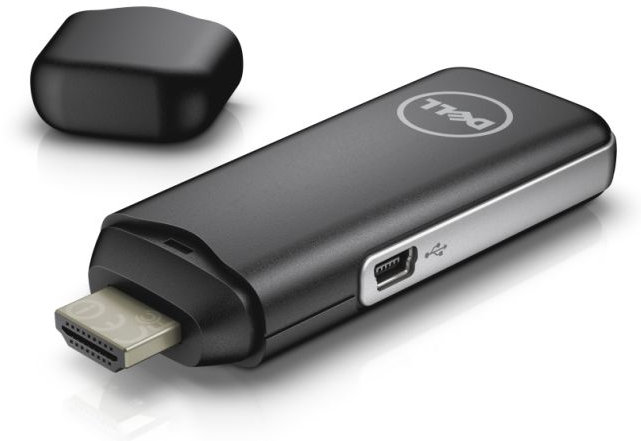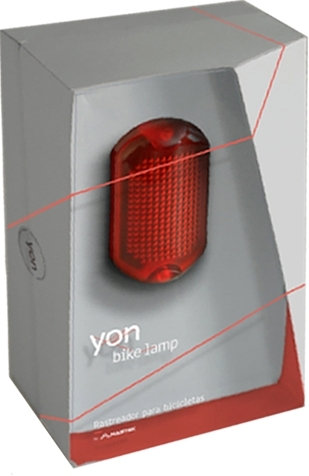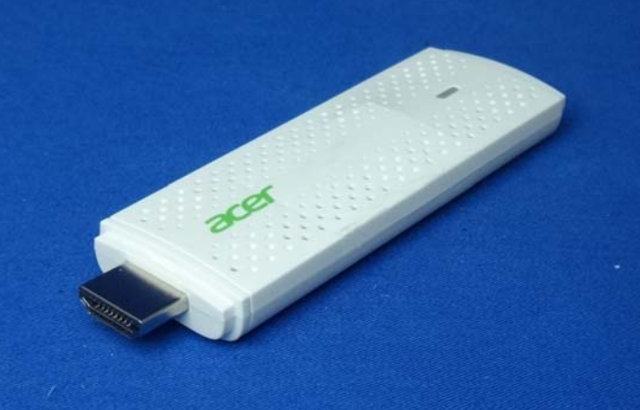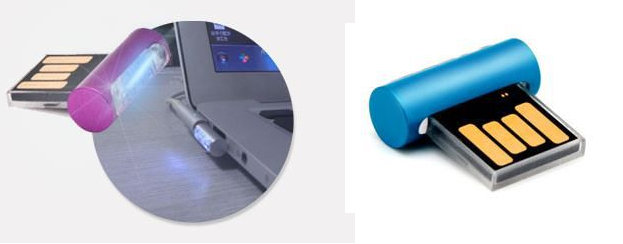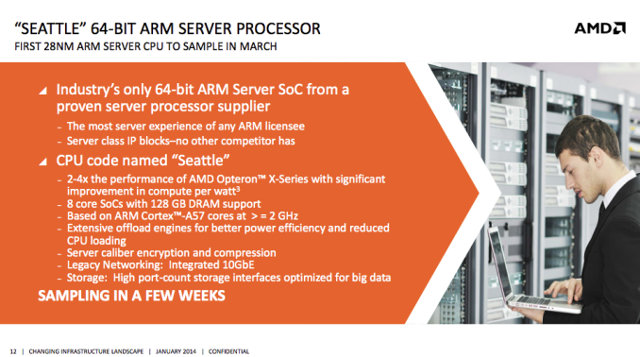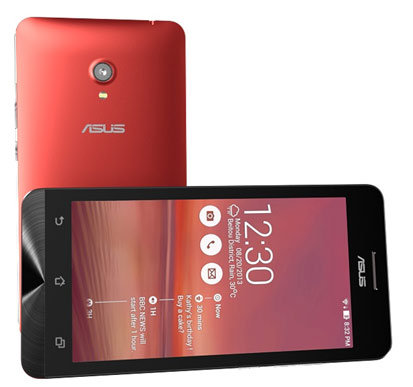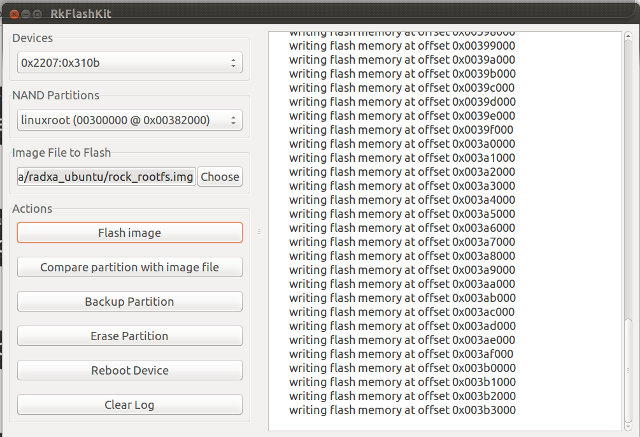Dell unveiled Project Ophelia about a year ago, and has now officially launched the product under the name Wyse Cloud Connect for $129. The device runs Android, but is mostly different from all the Chinese HDMI sticks thanks to its enterprise-oriented firmware that supports Wyse Cloud Client Manager software-as-a-service (SaaS), PocketCloud software, as well as Citrix Receiver, VMware Horizon View client, and Microsoft RDP protocol for remote desktops. Wyse Cloud Connect specifications: SoC – Multi-core ARM CortexA9 System-on-Chip (SoC). Last year’s prototype was said to use Rockchip RK3066, but it may have changed since then. System Memory – 1GB RAM Storage – 8GB NAND Flash + micro SD card slot (up to 64 GB) Video Output – HDMI with MHL, DisplayPort Connectivity – Dual band Wi-Fi 802.11 a/b/g/n, Bluetooth 3.0 USB – 1x USB mini for peripherals (keyboard/mouse), 1x Micro USB host port / external power input Power – Micro […]
GPS/GSM Yon Bike Lamp Let You Track Your Bicycle
Everything is getting smart these days. We’ve got smart phones, smart watches, smart homes, etc…, and now we’ve got smart bicycles thanks to products such as Yon Bike Lamp by Nastek Tecnologia, a Brazilian company, that can track and report your bicycle location for riding statistics and/or in case of theft. There are not that many technical details, but we do know the bicycle taillight features Telit GL865-QUAD GSM/GPRS module supporting 4 GSM bands: 850 / 900 / 1800 / 1900 MHz, compliant with eCall European directive, and that’s control using Python scripts. The chip most probably helps with location tracking thanks to m2mLOCATE service which accesses a database of over 40 million cell-IDs. The light gets its location via GPS, and connects to the outside via GSM/GPRS and SMS. You can either login to a website or via an Android or iOS app in order to access the light […]
Acer AerialCast Miracast Adapter Powered by Realtek RTD1185PA + RTL8192DV
Details about Acer AerialCast, a Miracast dongle have recently showed up on the FCC website. The device is an upcoming Miracast adapter features RTD1185PA media SoC and RTL8192DV Wi-Fi module, which specifications very similar to what is found in AX-01 Miracast/DLNA adapter. The specifications have not been listed, but can be derived from FCC documents and pictures: SoC – Realtech RTD1185PA MIPS24Kc processor @ 500MHz System Memory – 128 MB DDR3 SDRAM – (Etrontech EM6GC16EWXA) Storage – 128 MB NAND Flash – ESMT F59L1G81A Video Codecs – H.264, VC1, RM/RMVB, AVS Decoder USB – 1x micro USB for power WiFi – 802.11 b/g/n via Realtek RTL8192DV module Video Output – HDMI Misc – 1x LED Power Supply – 5V/1A. The device sent to the FCC came with a 5V/1A power adapter, a micro USB cable, an HDMI cable, and a technical documentation. The device will be sold under the name […]
RYVAL Elf Could Be the World’s Smallest USB Flash Drive
Hexino, a French company selling “fashion technology” under the brand RYVAL, may be offering the smallest USB flash drives available today with RYVAL Elf. This tiny mass storage device measure 1.8 cm x 1.8 cm x 0.68 cm, weights only 2 grams, and is available with capacities of 8GB, 16GB, or 32GB. The specifications listed on the company’s website are as follows: USB 2.0 compatible with Windows Vista, 7 and 8 Write speed – Up to 4 MB/s Read speed – Up to 12 MB/s Weight – 2 grams Dimensions – 18 mm x 18 mm x 6.8 mm Capacity – 8 GB to 32 GB Colors – Blue, Pink, and Green Material – Aluminium They only mention compatibility with Windows, but I don’t see why it could not work with Mac, Android, and Linux based devices and computers. It’s small enough to replace microSD cards for permanent storage expansion, […]
AMD Opteron A1100 Server SoCs Feature 4 to 8 ARM Cortex A57 Cores
A few months ago, AMD published a roadmap showing AMD “Seattle” Server CPUs based on ARMv8 64-bit architecture were planned for H2 Q2014. The company has now announced the first series of processors that will be based on ARM Cortex A57: AMD Opteron A1100 Series, as well as the corresponding development platform at the Open Compute Project Summit in San Jose, California. Key features of AMD Opteron A1100 Series processors: 4 or 8 core ARM Corte-A57 processors Up to 4 MB of shared L2 and 8 MB of shared L3 cache Configurable dual DDR3 or DDR4 memory channels with ECC at up to 1866 MT/second Up to 4 SODIMM, UDIMM or RDIMMs 8x lanes of PCI-Express Gen 3 I/O 8x Serial ATA 3 ports 2x 10 Gigabit Ethernet ports ARM TrustZone technology for enhanced security Crypto and data compression co-processors On the software side, the company mentionned it is a […]
Asus ZenFone Android Smartphones Powered by Intel Atom CPU to Sell for as Low as $99
Last year, Lenovo sold Android smartphones based on Intel Atom SoC but sales numbers turned out to be disappointing. This year, Asus announced 3 smartphones powered by Intel Atom Z2520 and Z2580 SoC at CES 2014, with screen sizes ranging from 4″ to 6″, and much more aggressive pricing, as the 4″ version will sell for $99, the 5″ version for $149, and the 6″ version for $199. Asus ZenFone 4/5/6 Specifications: SoC ZenFone 4 – 1.2GHz Intel Atom Z2520 CPU with Quad-Thread Hyper-Threading Technology ZenFone 5/6 – 2GHz Intel Atom Z2580 CPU with Quad-Thread Hyper-Threading Technology System Memory – 1GB RAM Storage – 8 or 16 GB NAND Flash + micro SD card slot (Up to 64GB ) Display ZenFone 4 – 4″ WVGA 800 x 480-pixel TFT display ZenFone 5 – 5″ HD 1280 x 720-pixel IPS display ZenFone 6 – 6″ HD 1280 x 720-pixel IPS display Camera […]
How to Install XBMC on D-Link Boxee Box
D-Link Boxee Box is a Linux based media player powered by Intel Atom CE4100 processor that became available in 2010, and features a dual sided RF remote / QWERTY keyboard that probably inspired many of the air mouse that are available today. The box features many of the ports and connectors that are available on most Android STB today, namely an HDMI port, an optical S/PDIF) out, a stereo analog audio out, Ethernet and 802.11n Wi-Fi, two USB ports, and an SD card slot. Many people however got disappointed with the firmware at launch time, and even if subsequent firmware updates have improved the user experience, some people have considered it was worth the effort to port XBMC to the device. Myles McNamara wrote the instructions to install XBMC on D-Link Boxee Box. I’ll summarize the steps below, and it appears to be relatively easy. Installing Boxee+Hacks to gain root […]
Getting Started with Raxda Rock – How to Generate and Flash Ubuntu Saucy Server and Desktop Images
I’ve already written a guide showing how to build and install Android in Radxa Rock. Today I’m going to build the Linux kernel, generate a Ubuntu server images based latest Ubuntu Linaro server release, flash the image to the NAND flash, and show how to install LXDE or XFCE desktop environment. If you are just interested in installing one of the latest supported images, you can download Android, dual boot (Android/Ubuntu), Ubuntu ALIP, and Router images for Radxa Rock @ http://dl.radxa.com/rock/images/, and skip “build” and “generate” instructions, and just follow the flashing instructions below. All steps in this tutorial will be done in Ubuntu 13.10, and lots of the instructions below follow hwswbits blog and Ubuntu Radxa Wiki. Build the Linux kernel Let’s start by building the Linux kernel. I’m assuming you’ve already install development tools in Ubuntu (e.g. apt-get install build-essentials). You can refer to the list at the beginning […]


